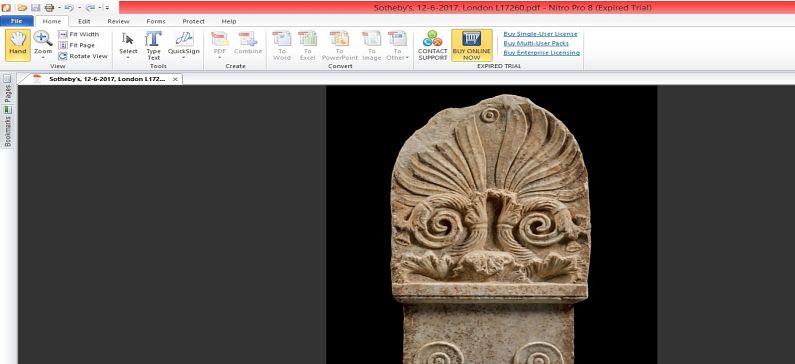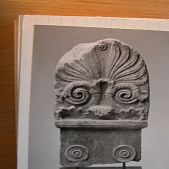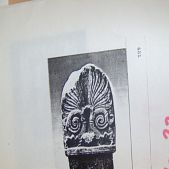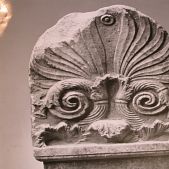
Greek hunter of stolen antiquities identified a Greek marble funerary stele
A new identification of an ancient Greek object illegally exported from Greece and which is now for sale, was made by the forensic archaeologist and Research Assistant in the Scottish Centre for Crime and Justice Research at the University of Glasgow, Christos Tsirogiannis.
It is the upper part of a Greek marble funerary stele, due to be sold by Sotheby’s on Monday, 12 June 2017 in London. You can see the stele as it is depicted in the Sotheby’s June 12, 2017 catalogue. The other five images (three professional and two Polaroids), as well as the four documents, come from the confiscated Becchina archive (see the photo gallery).
The stele is lot 8, at the 12/6/2017 Sotheby’s antiquities auction in London. Tsirogiannis identified it in the confiscated Becchina archive, and, judging from the documentation, the stele appears to have been in Becchina’s hands from 1977 until 1990, when it appears to have been sold to George Ortiz. Note that both Becchina and Ortiz are not mentioned in the ‘Provenance’ section given by Sotheby’s. Therefore, at least the two first parts of the ‘provenance’ section must be false, one way or another.
“This antiquity comes from Greece, as Sotheby’s themselves state that ‘The composition of the anthemion is closely paralleled on the stele of Pytharhos from Rhamnous’ (outside Athens, in the Attica region). Also, there are ‘evidence of the use of the name Hestiaios in Attica’. The involved trafficker who supplied Becchina with this antiquity, was known to have been involved in the acquisition of numerous illicit antiquities from Greece in the past. The stele should be immediately withdrawn from the auction and Greece should claim it” as Chr. Tsirogiannis states.
He has also notified the Art and Antiques Unit of the Scotland Yard, the INTERPOL and the Greek police Art Squad.













